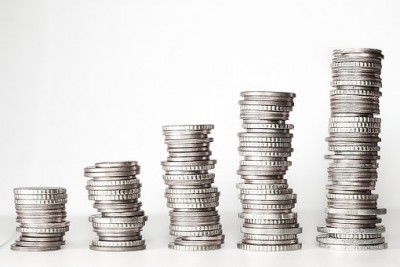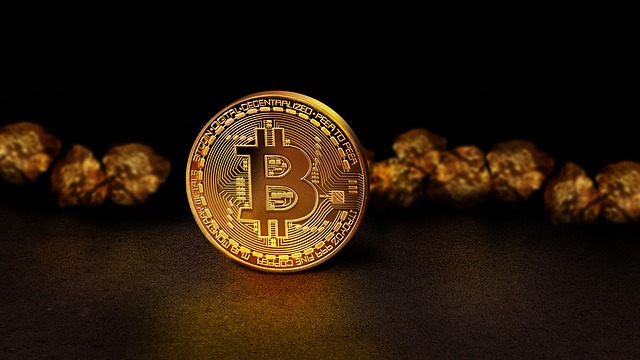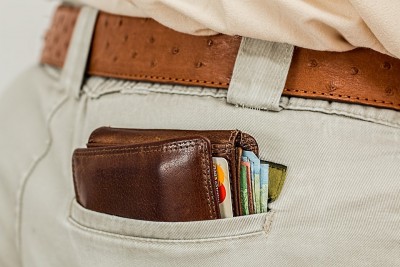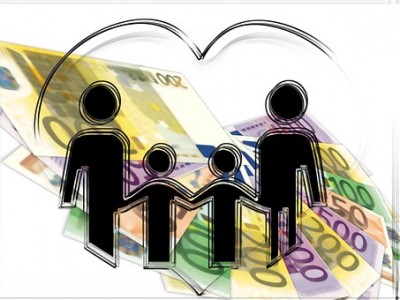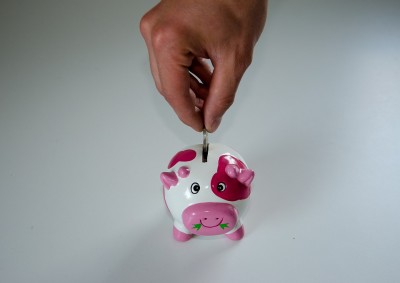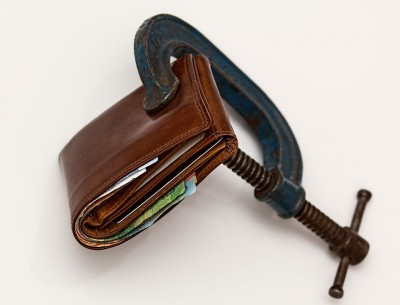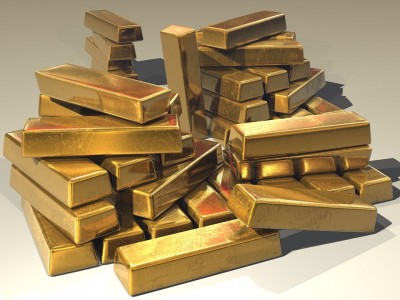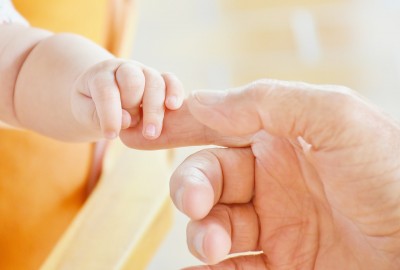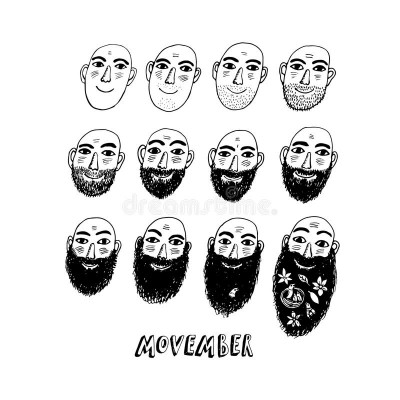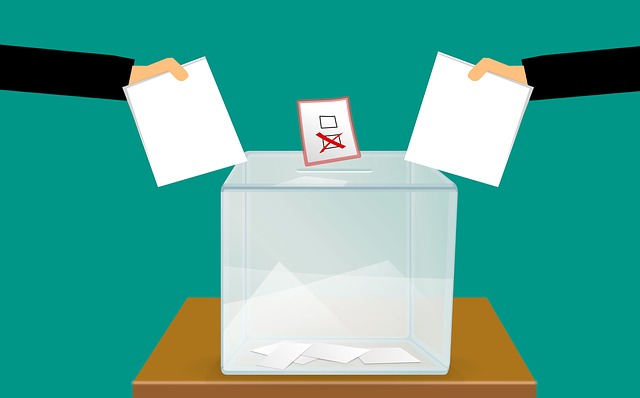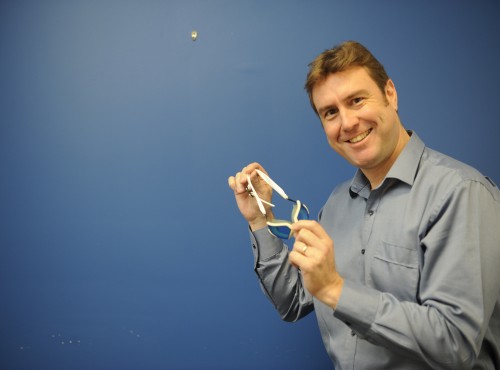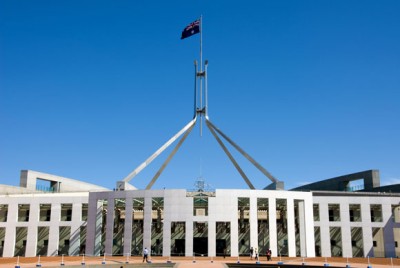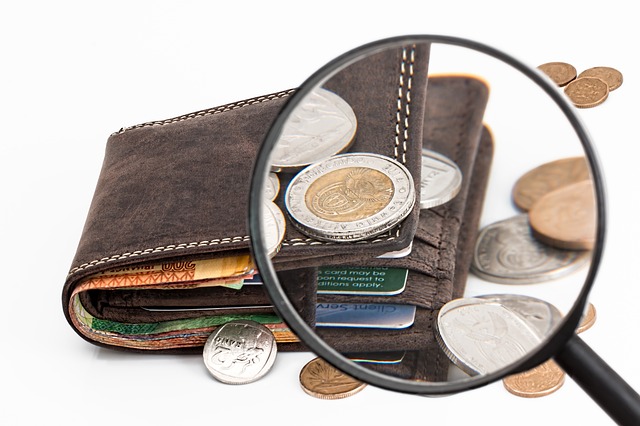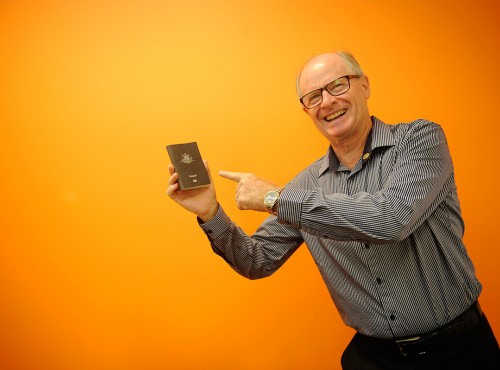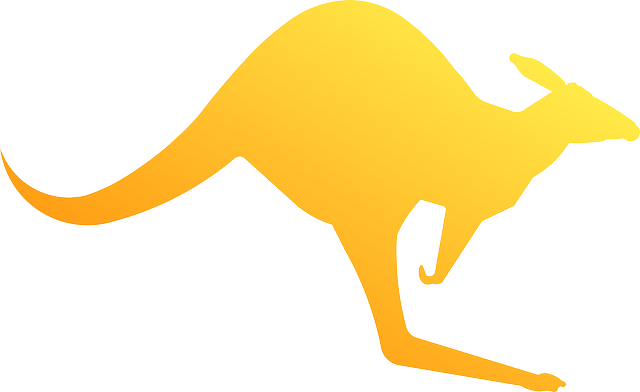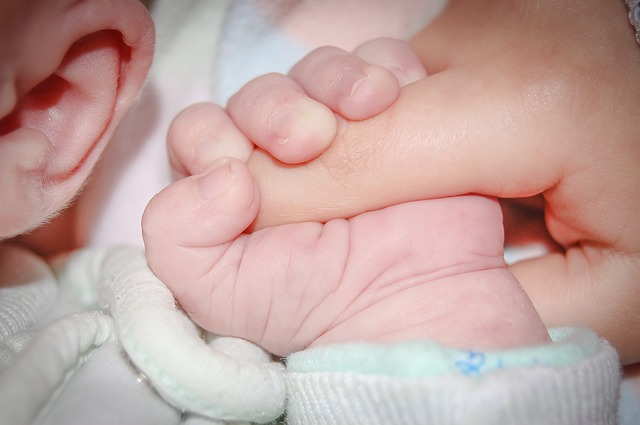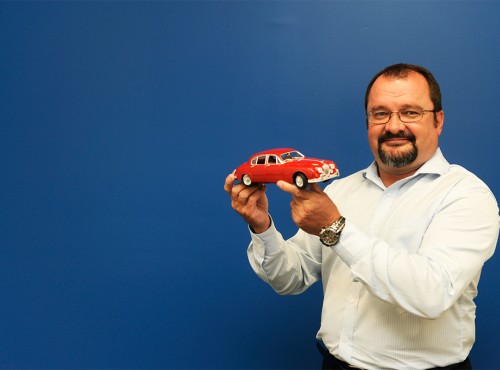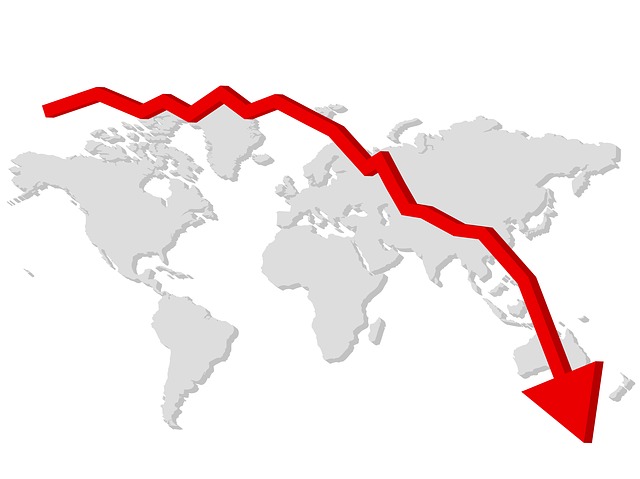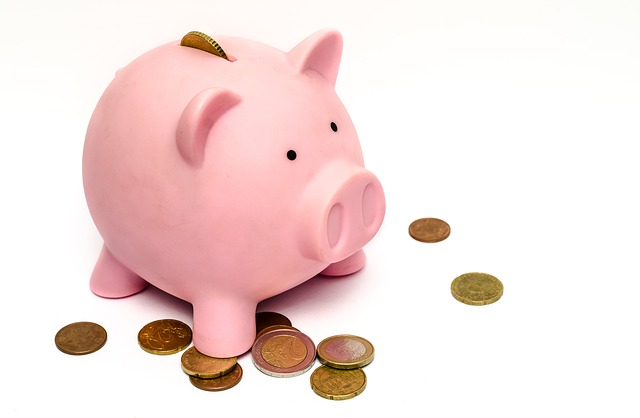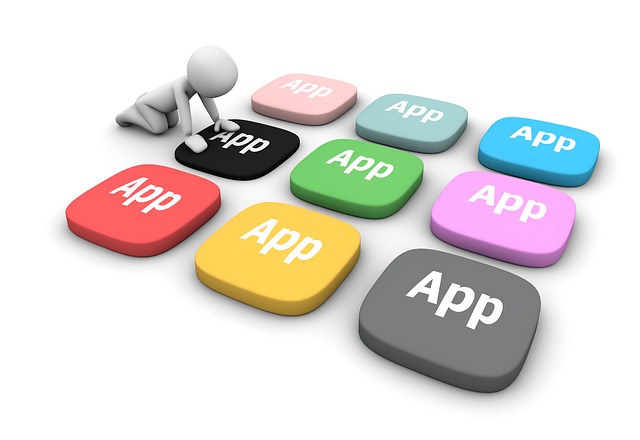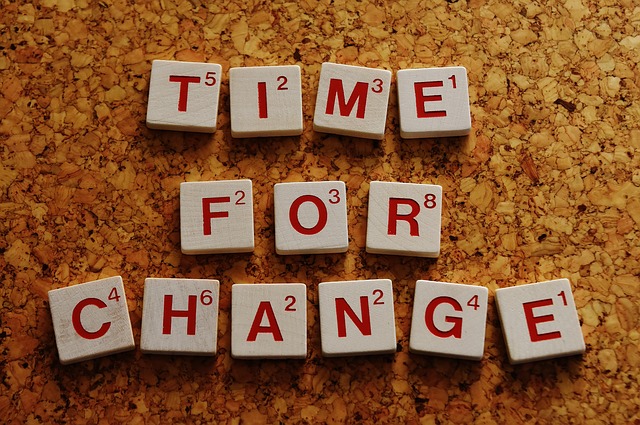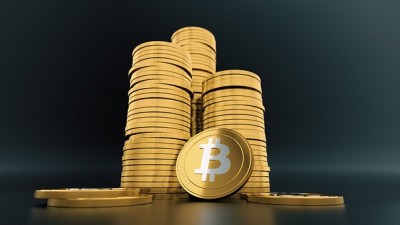
Author: Alex Brown
The line “as rich as Croesus” is littered through literature in works as bizarrely diverse as Alexandre Dumas’ The Three Musketeers to E.L. James’ Fifty Shades of Grey. As the ruler of Lydia (in what is now western Turkey) from 560-546 BCE, King Croesus presided over the introduction of the first Legal Tender coinage.1The man deserves his dues.
The coins were made from electrum, a mixture of silver and gold and stamped with pictures that acted as denominations. In the streets of the Lydian capital Sardis, a clay jar might have cost two owls and a snake. Lydia's currency helped the country increase its internal and external trade, making it – and King Croesus – one of the richest empires in Asia Minor.
But civilization had already existed for several thousand years without the presence of such legal tender as money, which in and of itself, is just a device of trade. Dating back to the time of the first pharaohs’, items as diverse as cattle, animal skins, rice, tea, clam shells, barley, salt, peppercorns and even bat guano have been accepted as a medium of exchange, a unit of measurement and a storehouse for wealth. These allowed people to trade goods and services and understand the price of an item as simply as a tag reading $1.99.
Money’s colorful past
Money also helped cut through the romantic but ultimately time-consuming process of bartering. Anthropologists argue that bartering was nowhere near as widespread as claimed, and evidence shows as soon as an effective form of currency developed, bartering suffered a swift death. Slowly, money, as we know it today, developed through the Middle Ages – first through precious metals including gold, silver and copper until ‘paper money’ was first used by the Chinese in the early 1400s. The Spanish use of ‘pieces of eight’ from the 17th century deserves credit as the first true global currency.
But we’re wrong to think that the place of today’s printed and minted dollars and cents represents anything more than a stable period in the history of money and currency. Interestingly, the first Diners Club card was issued in 1950. It was not until the 1990s when credit cards became truly global and, for the first time, money lost its materiality.
Spending today
Stored-value cards represent the next step in this evolution. Typically anonymous, applications of stored-value cards include transport system fare cards or telephone prepaid calling cards. They’re also becoming increasingly popular across a range of services via country specific payment cards like Geldkarte in Germany, EZ-Link in Singapore or the Octopus card in Hong Kong.
Cryptocurrency - Bitcoins
As much of our life is now spent in a virtual space, it’s not surprising encrypted virtual currency transactions (known as “cryptocurrency”) is such a fast-growing method for peer-to-peer transactions. By using software and specialised hardware, one can mine these currencies in a virtual 21st century gold rush.
Cryptocurrency removes regulatory oversight from central banks and puts it in the power of protocols that control a monitoring process. The most common form of cryptocurrency is Bitcoins, but alternatives (or altcoins including Litecoin and PPCoins) are emerging. Cryptocurrency is gaining popularity through the speed and cost efficiency of transactions and the freedom from government controls that limit the supply of money (and influence its value).
Like any new form of money, cryptocurrency is yet to be widely accepted. Its global acceptance is likely to be delayed after China's largest exchange for the virtual currency recently stopped accepting deposits in yuan (China's local currency). Critics also point to the threat of cybercriminals and the use of Bitcoins in illegal and illicit transactions. What would Croesus have made of the Bitcoin? Probably equated it with a load of bat guano!


